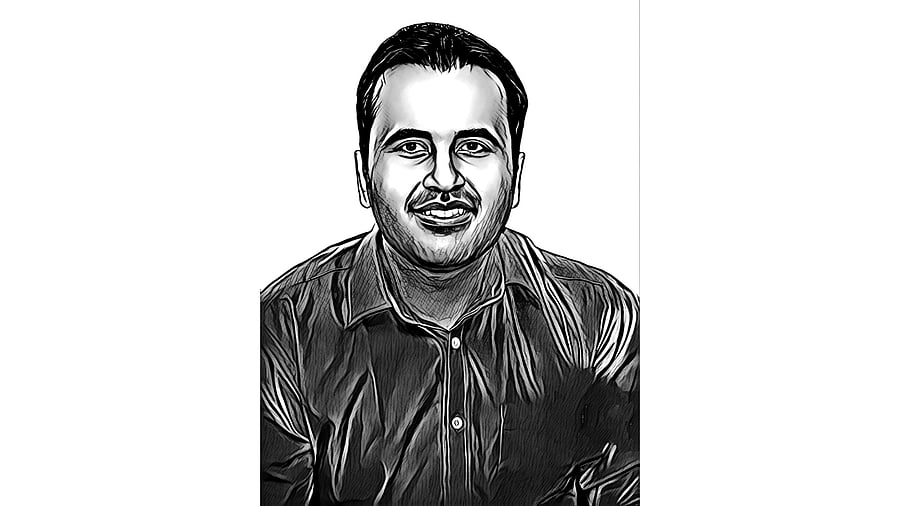
Rahul Bajaj is a practising lawyer with expertise in disability rights and IP law, and is co-founder of Mission Accessibility. He wears more hats than he can himself sometimes count. X: @rahul400
Credit: DH Illustration
“Let us kill all the lawyers.” Shakespeare’s acerbic line from Henry VI is hardly the sort of epigraph one expects in a constitutional judgement. Yet the Supreme Court chose it to open its recent decision on the summoning of lawyers by investigative agencies. It is an unusual flourish, one that the Court uses to frame a deeper truth: that lawyers often occupy an unenviable, contentious space in public life, but the protection of their professional autonomy is central to the functioning of the justice system.
The judgement was delivered against the backdrop of a significant and worrying pattern. Senior advocates Pratap Venugopal and Arvind Datar were summoned by the Enforcement Directorate (later withdrawn after public outcry), prompting the Court to take suo motu cognisance. Alongside this came a Special Leave Petition challenging a High Court order refusing to set aside a similar summons issued to another lawyer. These events placed before the Supreme Court an important question: when, if ever, can investigative agencies compel advocates to disclose information protected by professional privilege?
Before turning to the substance, it is worth pausing on the process. The Supreme Court has no articulated criteria for taking up matters suo motu. That may be by design. Such jurisdiction is an extraordinary power to be used with judicial sensibility rather than rigid checklists. Yet the absence of guardrails raises uncomfortable questions.
Investigative overreach is hardly confined to the cases at hand; a long catalogue of instances involving journalists, activists, civil servants, and citizens could equally merit the Court’s urgent attention. Why this case and not those? Why now and not earlier? This judgement, for all its seminal importance in safeguarding the rule of law, reopens the debate on whether some minimal indicators or principles for the exercise of suo motu powers are needed to ensure consistency, transparency, and fairness in the Court’s exercise of these powers.
On the merits, the Court’s central finding is clear and correct: the Bhartiya Sakshya Adhiniyam (BSA) [Sections 132-134] protects attorney-client privilege, subject to limited exceptions. Therefore, the summoning of lawyers is impermissible unless it falls within the ambit of prescribed exceptions, such as where the lawyer is himself involved in the commission of a crime. The Court attributes the lapses to either “deliberate design” or “abject ignorance” on the part of officials. But if the Court sees the conduct as deliberate or ignorant, why did it not seek explanations from the officials or direct disciplinary action? Why was there no order for compensation to lawyers who were wrongfully summoned? Without consequences, the underlying problem remains unaddressed. An assertion of privilege is important, but deterrence is equally so. This was an opportunity to achieve both.
The judgement observes that constitutional courts exist to correct abuses of power, including investigatory excesses. It notes that the High Court’s refusal to quash the summons in the matter resulting in the SLP was an “aberration.” Perhaps it was. But perhaps it was a symptom of a deeper drift in how judicial oversight of investigative agencies is functioning. If High Courts defer to agencies or adopt a formalistic approach to challenges against coercive actions, simply reiterating their constitutional responsibility may not suffice. A more candid appraisal was needed.
One of the most concerning aspects of the judgement is the Court’s acceptance that internal approval by senior officials of the agency – such as the Director of the ED or a Superintendent of Police – is adequate to prevent excesses. If the problem lies within the agency, how can the solution come from within it?
There is no denying the importance of the Court’s reaffirmation of attorney-client privilege and its recognition of the unique role lawyers play in protecting constitutional rights. The judgement reinforces existing statutory protections and sends a signal that coercive tools must not be weaponised against the legal profession.
Yet, it stops short of creating meaningful structural disincentives for future overreach. Without accountability for past misconduct, without independent scrutiny over the issuance of summons, and without a candid examination of judicial lapses at the High Court level, the ruling risks becoming a restatement rather than a reform.
In a legal ecosystem where investigative agencies frequently test the boundaries of their power, and where judicial oversight oscillates between assertiveness and reluctance, guardrails matter as much as principles. The Supreme Court had a rare opportunity – seized suo motu – to strengthen both. Its judgement moves the needle, but not far enough.
The writer is a practising lawyer with expertise in disability rights and IP law, and is co-founder of Mission Accessibility. He wears more hats than he can himself sometimes count.
Disclaimer: The views expressed above are the author's own. They do not necessarily reflect the views of DH.